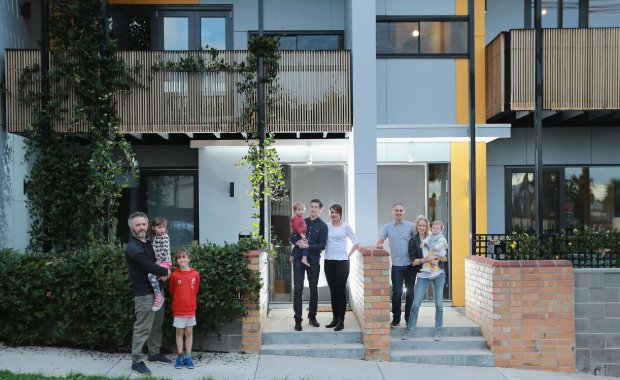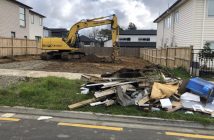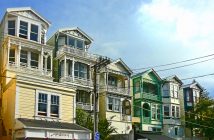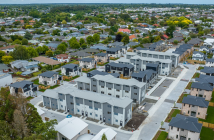Multifamily real estate could be set to become one of our largest property asset classes while offering a solution to our serious housing problems, says Colliers International investment property specialist Simon Felton

Multifamily real estate is the ownership of multiple units or apartments, for the purpose of renting them out to earn income.
Instead of selling apartments off the plans, multifamily developers will design, build and keep the entire development complex, with the intention of renting all the units out to individuals or families.
A mature asset class in the United States and Europe, multifamily is rapidly emerging in the United Kingdom, multiple Asian regions and Australia.
“The market is considered attractive because, similar to aged care facilities, it is one of the few commercial asset classes that offers exposure to the residential sector,” Felton says.
“This type of real estate has been shown to perform exceptionally well in tightly held residential markets, where the cost of entry for a single dwelling is particularly high.”
Felton references the well documented shortage of rental accommodation in the Auckland market.
“Multifamily offers a solution to that problem, while also being scalable to a level that substantial global investors are looking for.”
Billion-dollar deals
In the world’s largest securitised market, the US, the sector is the second-largest real estate investment class, accounting for over US$100 billion (NZ$137.4 billion) worth of transactions annually.
“Individual companies in America can own up to as many as 100,000 individual units, with the largest syndicators having generated exposure to near double this number.”
Alden Torch Financial is the largest of these companies, with approximately 183,000 residential units owned through its share schemes.
Felton understands the concept well, having had substantial firsthand experience with multifamily during his residence in Florida – one of the largest regional multifamily markets.
“Management and administration costs become proportionately smaller the larger the complex is, so owning a large number of units can create economies of scale benefits for a single owner.
“With efficient operation, multifamily can generate a resilient income stream that the overseas market considers one of the safest in the industry.
“People will always need somewhere to live, and in major areas these complexes have almost no vacancy, which is the most attractive part of this investment sector.”
Three hurdles
Felton foresees three major hurdles that the investment class will have to overcome before it can become widely adopted in New Zealand.
“The main challenges in the sector’s application to the New Zealand market include a lack of concept familiarity, a prohibitive cost of construction/compliance, and the high individual value of residential apartments, which incentivises developers to sell the units down individually.”
But that doesn’t mean it can’t have a place.
Australia’s first private developer to embrace the concept is Salta Properties, which announced its intentions to develop and retain ownership of 699 La Trobe Street – a 27-level, 260-unit complex in Melbourne’s Docklands, designed by architectural firm Fender Katsalidis.
“Like any industry, there are substantial rewards available for successful pioneers,” Felton says.
“To me it is a question of when, not if.”
Felton was last year named the Real Estate Institute of New Zealand’s Commercial and Industrial ‘Rising Star’ at the 2017 REINZ Awards.



